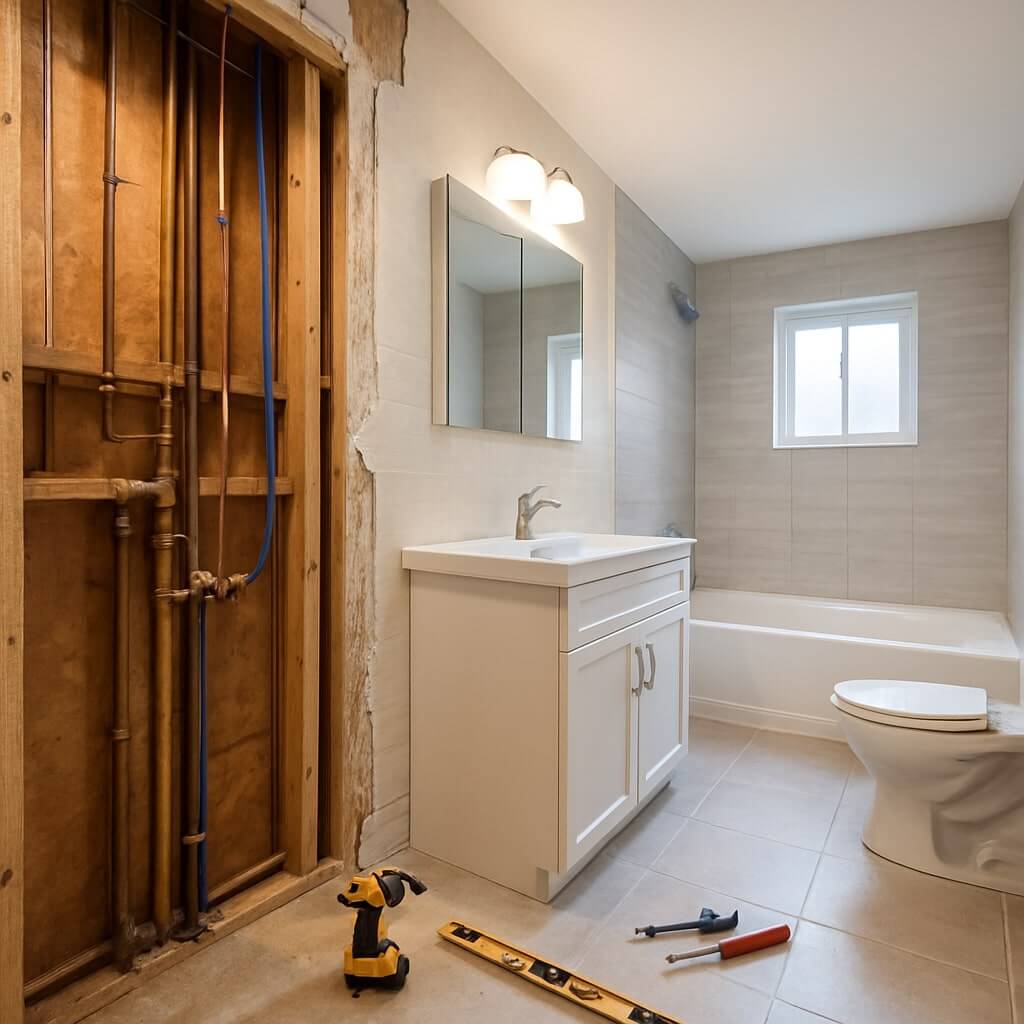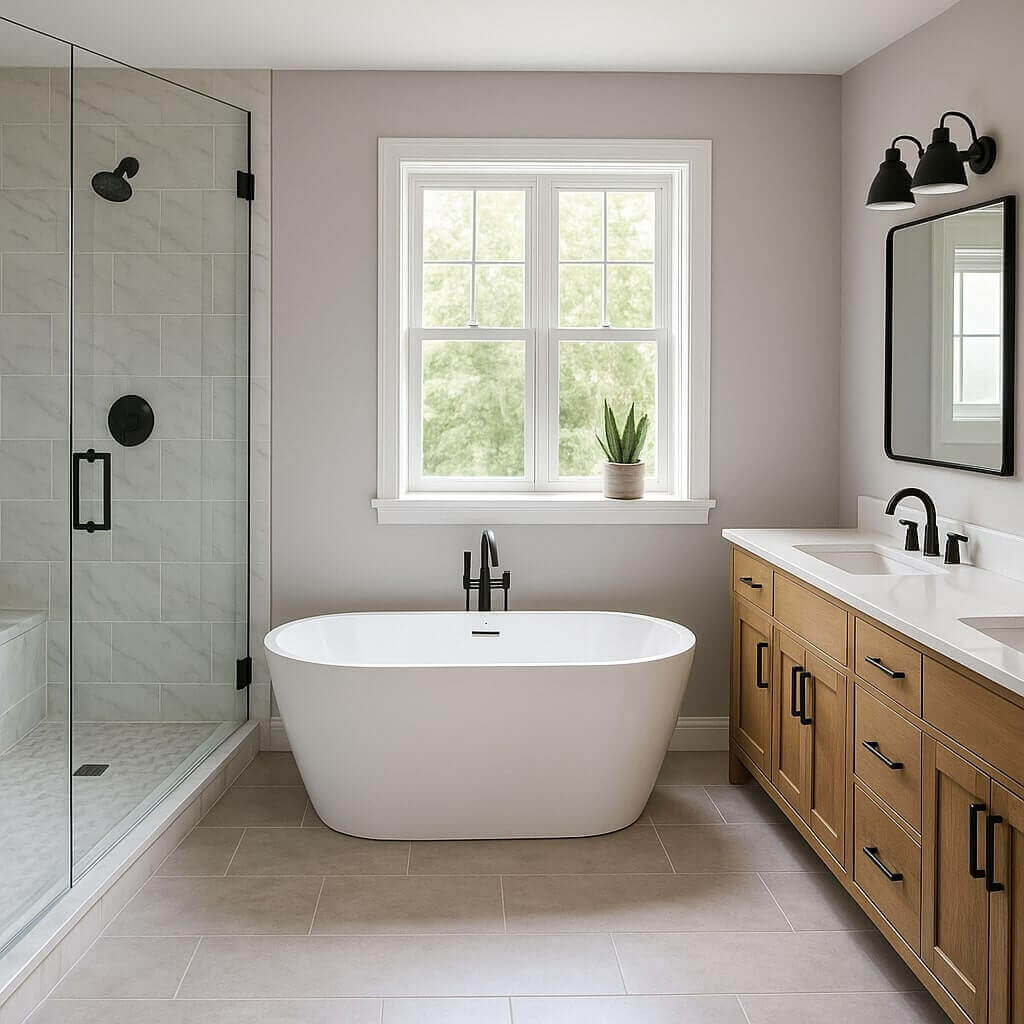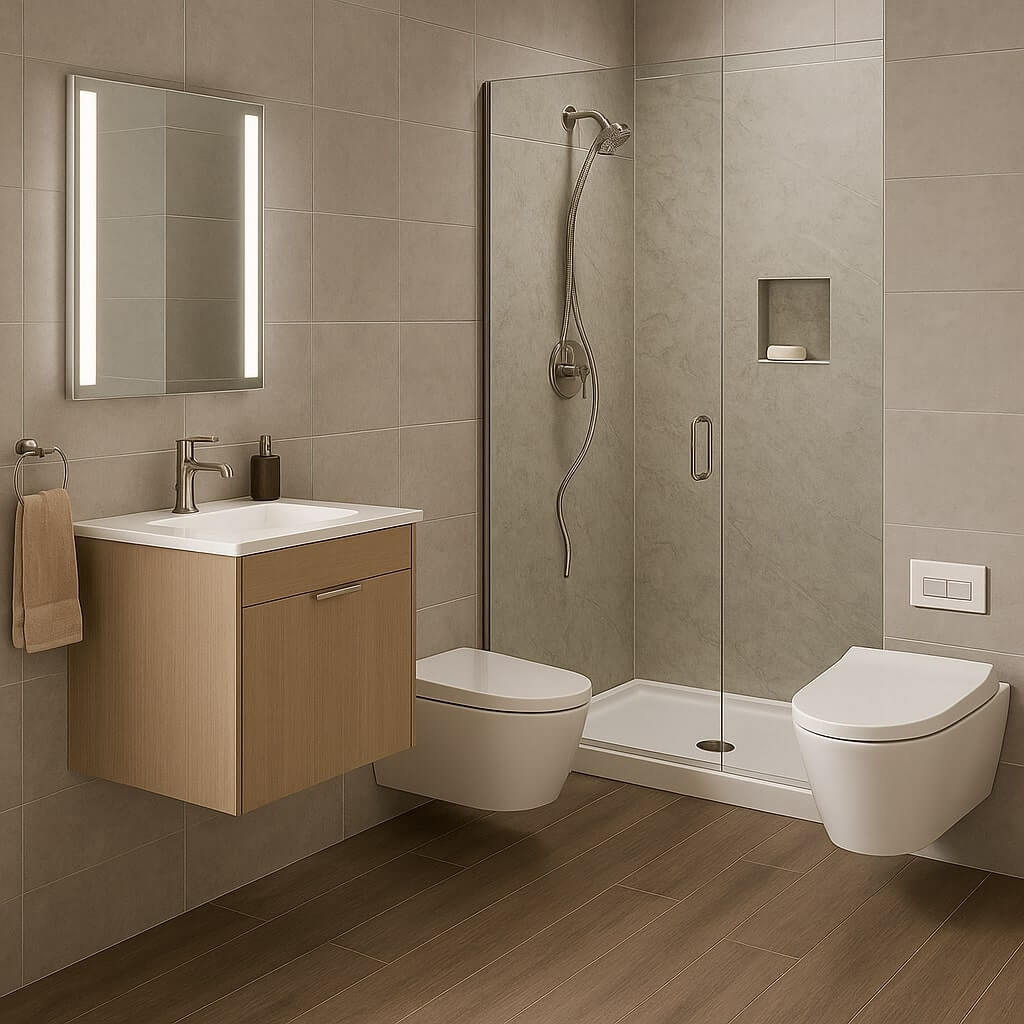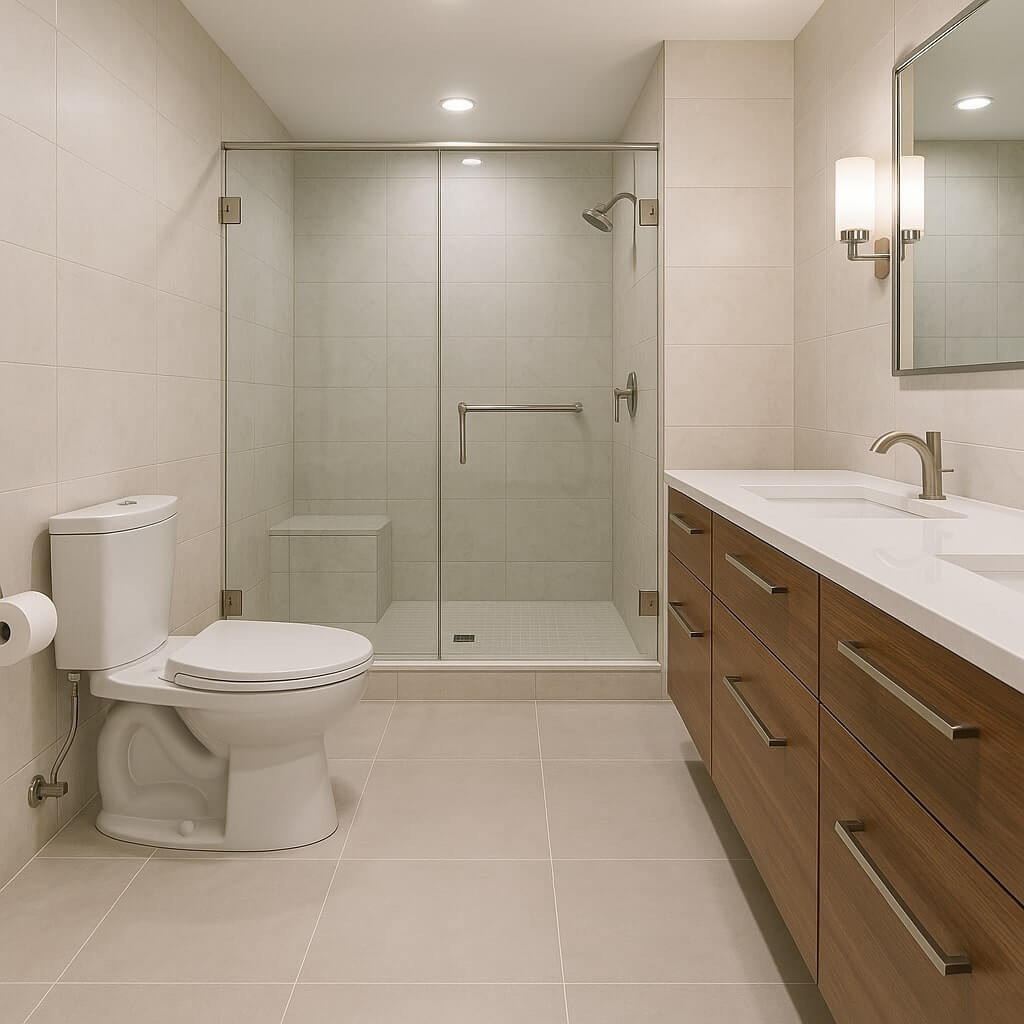When planning a bathroom remodel, one of the first questions homeowners often ask is: “Do I need a permit to remodel a bathroom?” The answer isn’t always straightforward. It depends on the scope of work, your location, and local building codes. Understanding when a permit is required can save you time, money, and legal trouble.
In this comprehensive guide, we’ll explore the key factors that determine permit requirements, what types of remodels need permits, how to get one, and the risks of skipping this crucial step.
Why Permits Matter in Bathroom Remodels
Building permits are legal authorizations issued by local governments that allow you to perform construction or remodeling work. These permits ensure that the work complies with building codes, zoning laws, and safety standards.
Benefits of Getting a Permit:
- Safety: Ensures plumbing, electrical, and structural work is done correctly.
- Legal Compliance: Avoids fines, stop-work orders, or forced removal of unpermitted work.
- Resale Value: Future buyers may request proof of permits for insurance and safety reasons.
- Insurance Coverage: Many insurance companies won’t cover damage caused by unpermitted work.
Bathroom Remodel Work That Typically Requires a Permit
Not all bathroom remodels require a permit. However, permits are generally required when the work affects:
- Plumbing: Moving or installing new fixtures or pipes.
- Electrical: Adding outlets, light fixtures, or rewiring.
- Structural Elements: Moving walls, changing ceiling height, or floor reinforcement.
- HVAC Systems: Installing or rerouting ductwork or ventilation.
- Major Layout Changes: Reconfiguring the bathroom’s layout or changing utility locations.
Examples of Remodels That Usually Need Permits:
- Replacing or relocating a toilet or bathtub
- Installing a new vanity with plumbing reroutes
- Adding new light fixtures or ventilation fans
- Expanding the bathroom or altering walls
- Converting a half-bath into a full bathroom
Bathroom Remodels That May Not Require a Permit
If you’re doing a cosmetic update, a permit is usually not required. This includes:
- Painting or wallpapering
- Replacing tiles or flooring
- Installing new faucets (without rerouting plumbing)
- Replacing cabinets or vanities without changing plumbing
- Hanging mirrors, shelving, or towel bars
Still, it’s wise to check with your local building department, as rules vary between cities and counties.
How to Obtain a Bathroom Remodel Permit
1. Check Local Building Codes
Each city or municipality has its own building department with specific permit requirements. Visit their website or contact them directly.
2. Prepare Your Remodeling Plan
You may need to submit blueprints, layouts, or technical drawings, especially for complex renovations.
3. Submit a Permit Application
Include project details, contractor info (if applicable), and estimated project value.
4. Pay the Permit Fee
Fees vary based on project size and location, typically ranging from $50 to $500+.
5. Schedule Inspections
Inspections are usually required during and after the remodel to ensure compliance.
What Happens If You Remodel Without a Permit?
Doing unpermitted work can lead to serious consequences:
- Fines and Penalties: You may be fined or required to pay double permit fees.
- Forced Removal: The city can require you to undo the work.
- Delays in Selling Your Home: Unpermitted remodels can raise red flags with buyers and appraisers.
- Insurance Denials: Claims related to unpermitted work might be rejected.
FAQ: Bathroom Remodel Permits
If you’re only swapping out the vanity and keeping the plumbing in the same spot, no permit is typically required. However, moving plumbing or adding electrical outlets may require one.
Homeowners can apply for permits themselves, but many hire licensed contractors to handle this process. Contractors are usually more familiar with local codes and procedures.
It varies by location and project scope. Simple permits may be issued the same day, while complex remodels can take 1–2 weeks.
Permit fees typically range from $50 to $500, depending on your location and the type of work.
Yes, inspections are usually part of the process to ensure that plumbing, electrical, and structural work meet code requirements
Conclusion: Always Check Before You Remodel
So, do you need a permit to remodel a bathroom? In most cases, yes—especially when structural, electrical, or plumbing work is involved. Skipping permits might seem like a way to save money or time, but it can lead to legal and financial headaches later.
Before you start your bathroom renovation, contact your local building authority. Even if the work seems minor, it’s better to confirm than assume.




